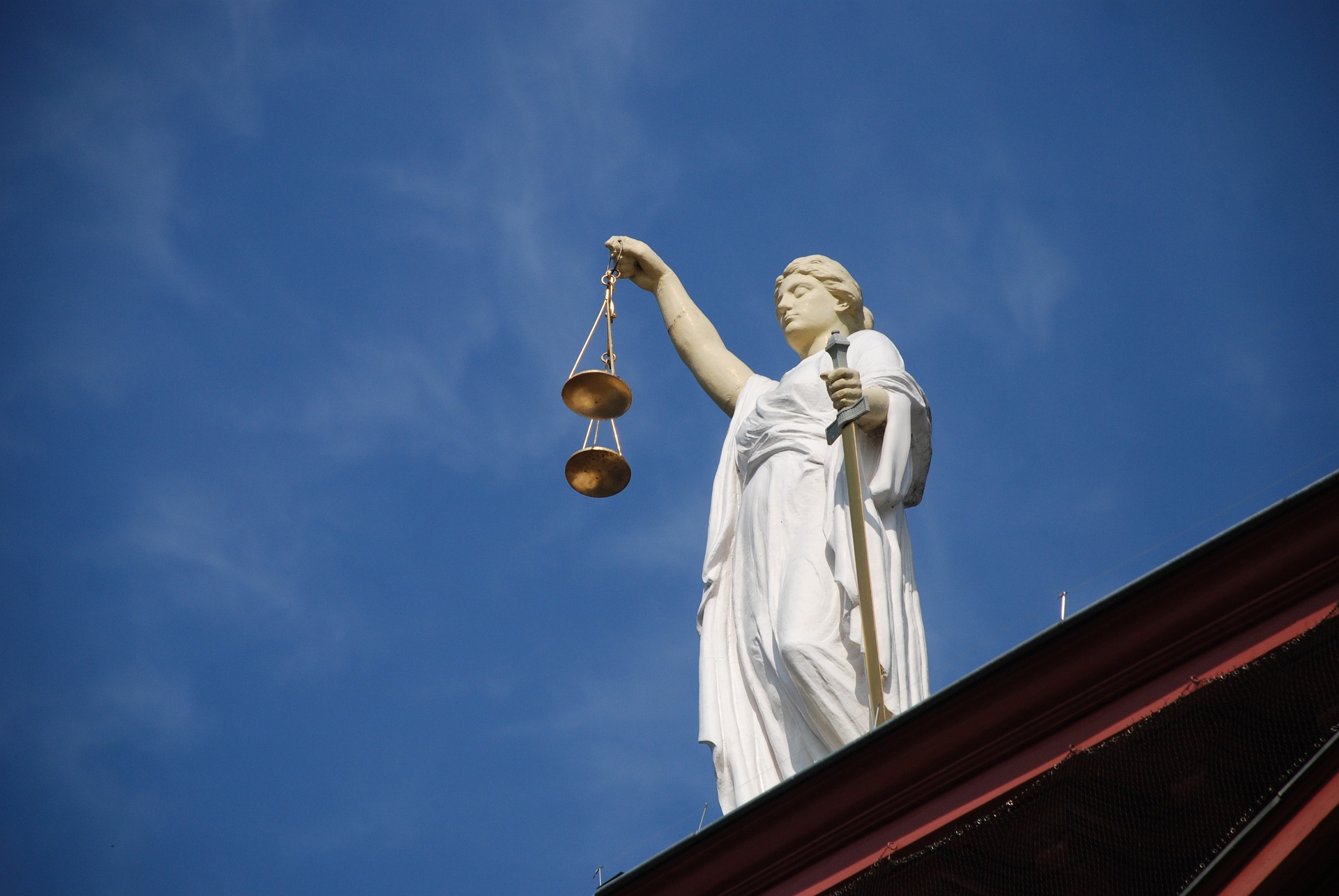"Deciphering the Complexities of the Clean Air Act"
The Clean Air Act, a vital piece of U.S. legislation, has been instrumental in shaping America's approach to environmental policy. Yet, despite its importance, the act remains shrouded in complexity. This article aims to unpack these complexities, offering readers an in-depth analysis of the Clean Air Act.

A Historical Overview of the Clean Air Act
The roots of the Clean Air Act can be traced back to 1955, with the passing of the Air Pollution Control Act. It was the first federal legislation that recognized the detrimental effects of air pollution. However, it wasn’t until 1970, under Richard Nixon’s presidency, that the Clean Air Act as we know it today was instituted. The Act gave the newly formed Environmental Protection Agency (EPA) the authority to regulate harmful emissions from stationary and mobile sources.
The Evolution of the Act
The Clean Air Act has been amended several times since its initial enactment, most notably in 1977 and 1990. The 1977 amendments introduced the Prevention of Significant Deterioration (PSD) program, which aimed to protect air quality in areas that had already achieved the standards. The 1990 amendment further expanded the Act’s scope to address acid rain, ozone depletion, and toxic air pollution.
Current State of the Clean Air Act
In recent years, the Clean Air Act has come under scrutiny, particularly in relation to climate change and greenhouse gas emissions. Despite the Act’s initial success in reducing certain types of air pollution, critics argue that it is ill-equipped to deal with current environmental challenges. In response, there have been calls for legislative reform to ensure that the Act can effectively combat the climate crisis.
The Impact and Implications of the Clean Air Act
The Clean Air Act has had a profound impact on U.S. environmental policy and public health. According to the EPA, the Act prevented more than 160,000 premature deaths in 2010 alone. However, the Act’s effectiveness is heavily dependent on enforcement. Under-enforcement or dismantling of the Act’s provisions can lead to severe public health and environmental consequences.
Future Prospects: New Challenges and Opportunities
As the climate crisis intensifies, the role of the Clean Air Act in mitigating environmental damage becomes ever more crucial. It’s clear that the Act will continue to evolve to meet new challenges and opportunities. Whether this involves legislative amendments or shifts in enforcement strategies, the future of the Clean Air Act will undoubtedly play a significant role in the U.S.’s environmental trajectory.
This article has sought to demystify the complexities of the Clean Air Act. By understanding its historical context, current state, and future prospects, readers can appreciate the significant role it plays in shaping America’s environmental policy. As the Act continues to evolve, it will remain a key instrument in the fight against pollution and the overarching battle to mitigate climate change.




